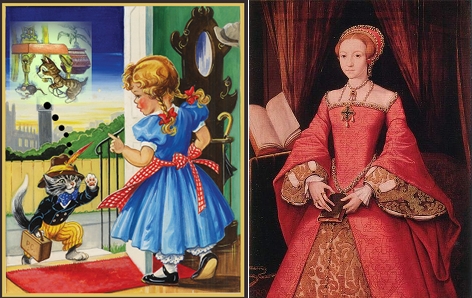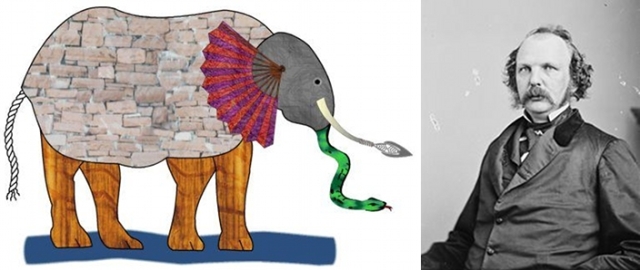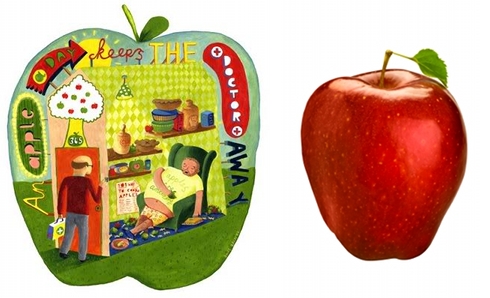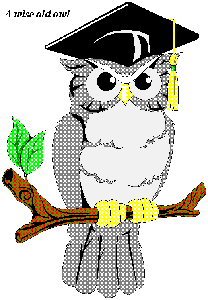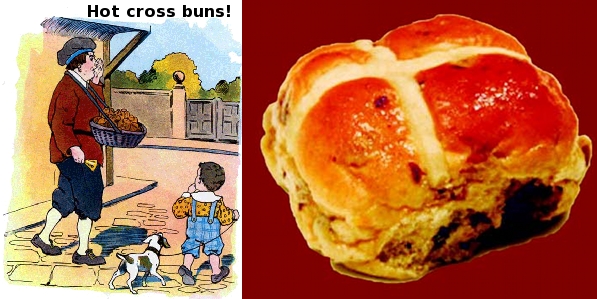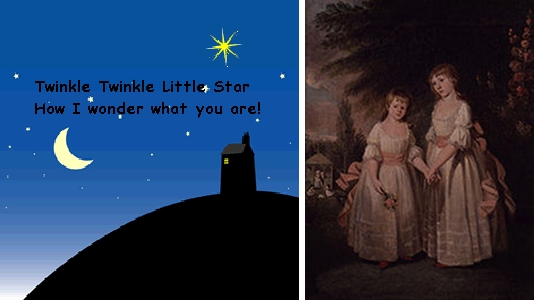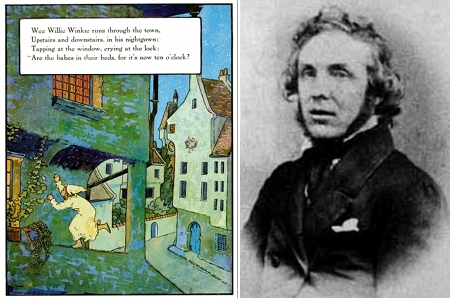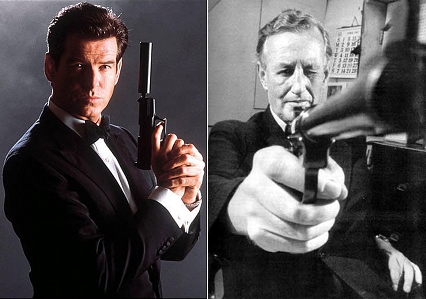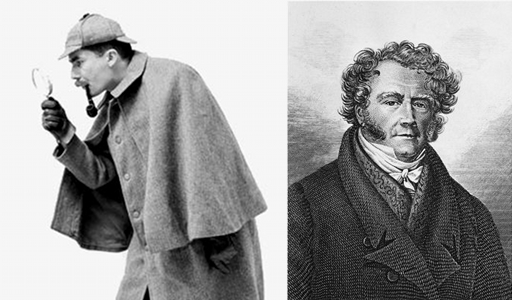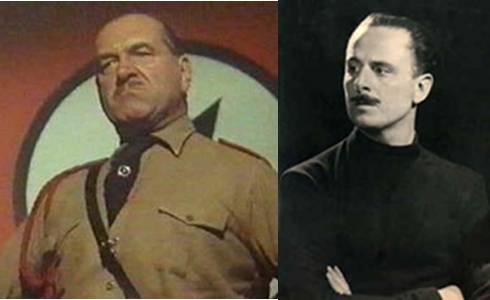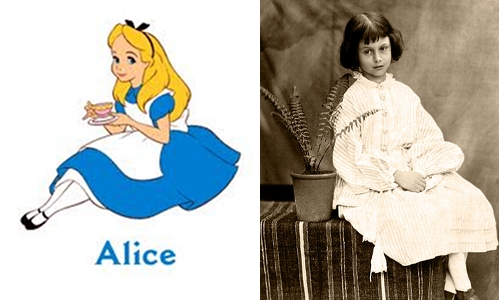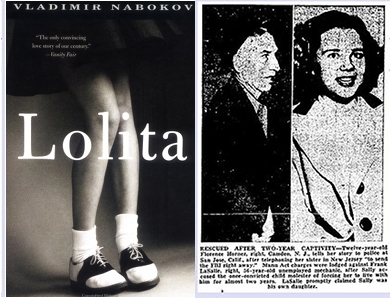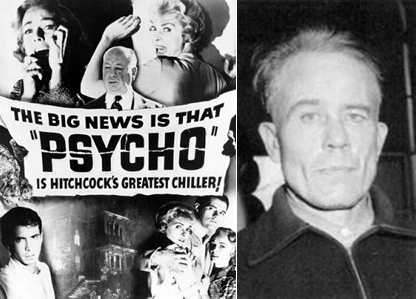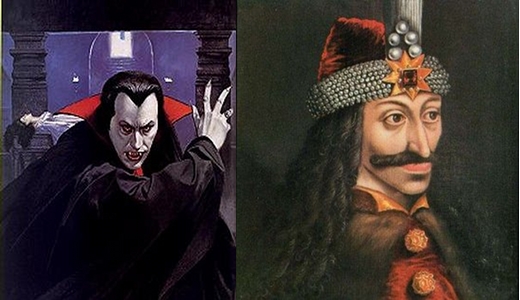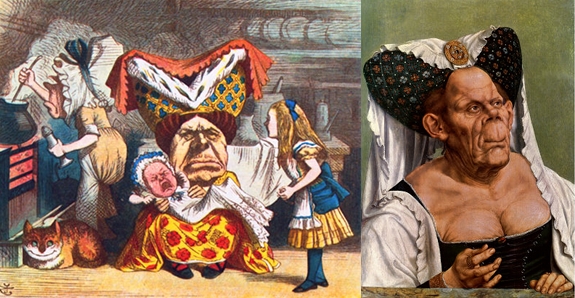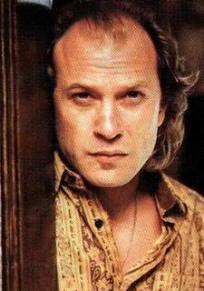#24. Little Tommy.
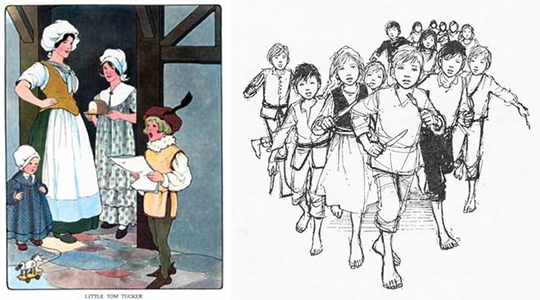
Little Tommy Tucker sings for his supper,
What shall we give him? Brown bread and butter.
How shall he cut it without a knife?
How shall he marry without a wife?
“Tommy Tucker” was the colloquial term used to denote an orphan. With no one to care for them or feed them the orphans were forced to begging for food or “singing for food”.
Tommy Tucker is so poor that he does not have even a knife, to cut the bread, which any generous person might give him!
Tommy Tucker’s inability to marry and have a wife is due to his dire poverty and his low standing within the community and society! Such was the pathetic condition of orphans in those days and may be to some extent even now!
This rhyme was first published in the year 1829.
Visalakshi Ramani

Little Tommy Tucker sings for his supper,
What shall we give him? Brown bread and butter.
How shall he cut it without a knife?
How shall he marry without a wife?
“Tommy Tucker” was the colloquial term used to denote an orphan. With no one to care for them or feed them the orphans were forced to begging for food or “singing for food”.
Tommy Tucker is so poor that he does not have even a knife, to cut the bread, which any generous person might give him!
Tommy Tucker’s inability to marry and have a wife is due to his dire poverty and his low standing within the community and society! Such was the pathetic condition of orphans in those days and may be to some extent even now!
This rhyme was first published in the year 1829.
Visalakshi Ramani

